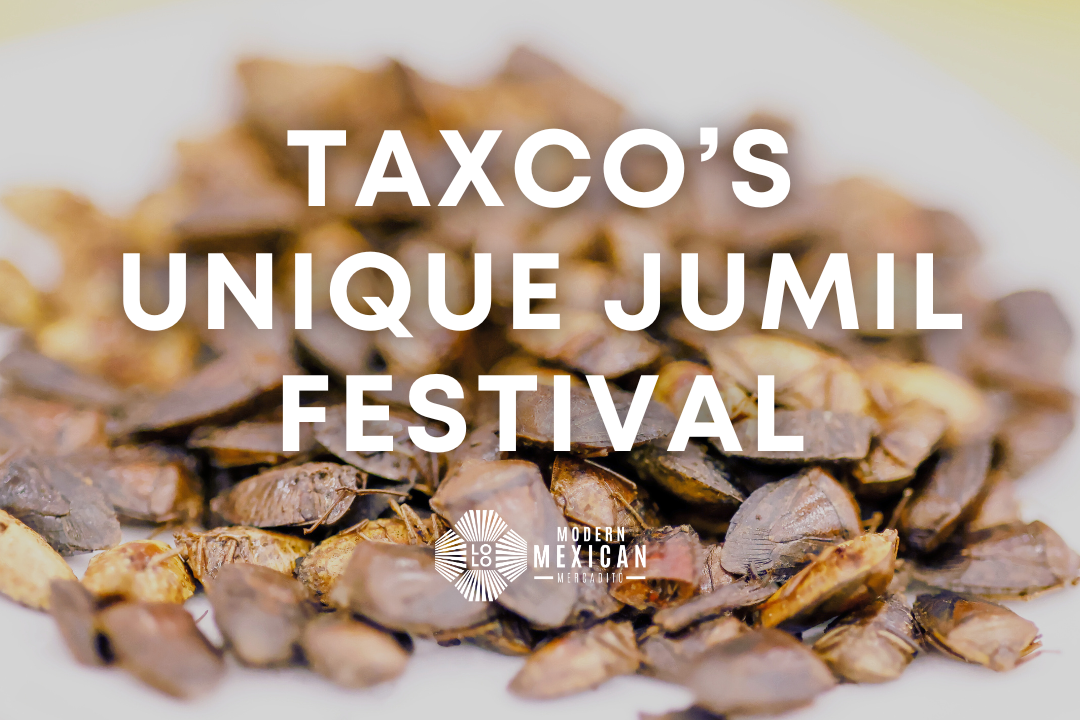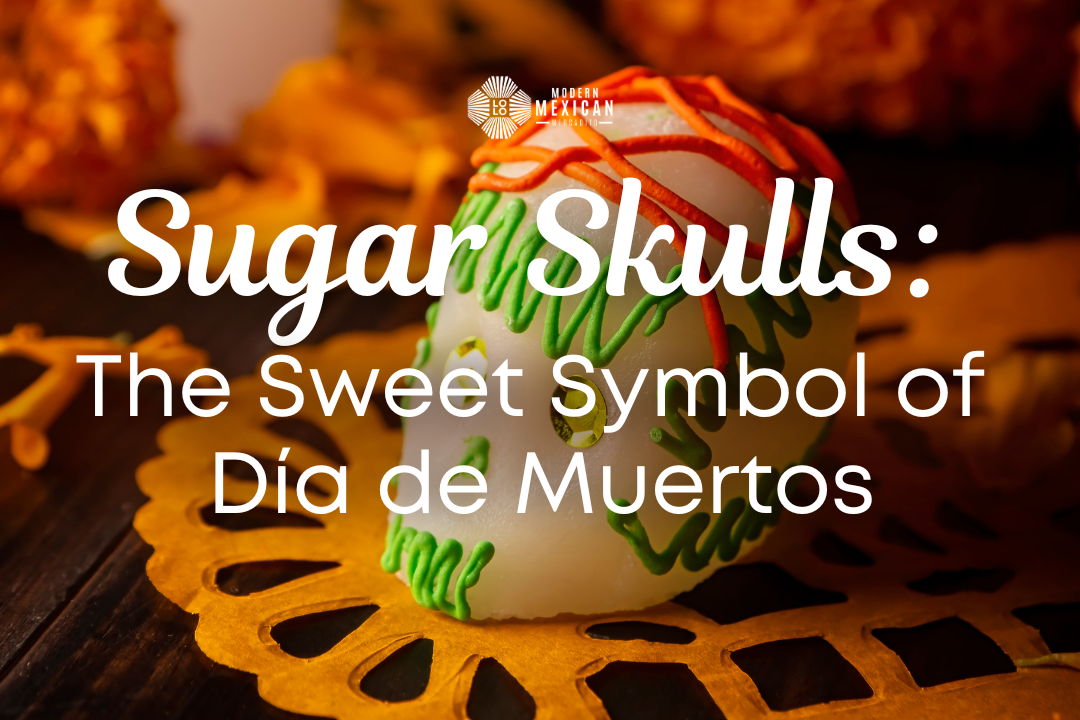This Thursday, as every February 24th, Mexico celebrates a major holiday, known as Día de la Bandera, or National Flag Day, that commemorates the patriotic symbols that are the Mexican flag and national coat of arms, but do you know what its origin and history are?
The Mexican Flag is a national symbol that makes Mexicans proud. Its official colors are green, white and red. It has a central shield that, with an eagle perched on a nopal (prickly pear cactus) devouring a snake, was inspired after the Aztec legend of their settlement.
Aztlán and the Foundation of Tenochtitlán

Legend has it that the Mexicas undertook a long journey of almost two centuries from Aztlán—land of the herons—until they found a signal that indicated where they should settle. According to Mexica mythology, the god Huitzilopochtli ordered their people to establish their kingdom where there was "an eagle standing on a nopal devouring a snake." There, they should raise a temple in his honor and perform the rites in accordance with their creed. As such, the Mexica traveled from land to land looking for this sign and overcoming many hardships. When they arrived to the Anáhuac region, what is now Mexico City, they encountered the most expected vision they had sought: on a small island in the middle of the Texcoco lake (the center of Mexico city), they witnessed a Mexican eagle perched on a nopal while devouring a rattlesnake with its right leg. This is how Mexico-Tenochtitlan emerged. Imagine a great city built on two islands, the area was extended using chinampas—small, artificial islands created above the waterline that were later consolidated. Tenochtitlan eventually reached an area of more than 13 square kilometers (five square miles). Causeways that doubled as dikes connected the island to the mainland and separated freshwater from saltwater, protecting the chinampas. This was the height of Mexica/Aztec civilization and, as such, Tenochtitlan became the most important city in Mesoamerica.
Historical and archaeological evidence shows that the Aztec migration myth has a solid basis. The Mexicas told various Spanish chroniclers, including Bernal Díaz del Castillo, Diego Duran, and Bernardino de Sahagún, that their ancestors had arrived in the Valley of Mexico some 300 years earlier, having left Aztlán, their homeland traditionally located to the north of Tenochtitlan. Although there are recent findings that indicate that this city of origin is located on (or near) the coast of Nayarit, it has not been possible to fully agree on an exact geographic area where this city is located. Moreover, it is important to point out that in modern Chicano culture, Aztlán represents an important symbol of spiritual and national unity, and the term has also been used to refer to the territories ceded to the United States by Mexico with the Treaty of Guadalupe-Hidalgo in 1848, New Mexico and Arizona.
The National Coat of Arms: An Eagle Perched on a Nopal Devouring a Snake
The symbolism found in the Mexican flag is a representation of the rich history of Mexico, starting from the eagle of the legend about the foundation of Tenochtitlán, to its meaning of strength, war, and bravery. It is also a reflection of the talent behind Mexican creators to give symbolism and meaning to every detail.
In fact, in 2008, the Spanish newspaper 20 Minutes conducted an online survey to choose the most beautiful flag in the world. In said survey, the Mexican flag reached more than 900 thousand points and was the winner against 104 countries!

Each color of the flag has an important meaning: Green symbolizes hope; white, is unity; and red, represents the blood of national heroes. The eagle in the center white part, known as the coat of arms, is also full of symbolism. Let us break down further all images found here:
- The eagle symbolizes for Mexicans the warrior attitude, courage and strength characteristic of the Mexican people when rising from misfortunes and combat. In addition, it embodies the strength of the sun.
- The snake represents the enemies of Mexico and, being devoured by the eagle, it shows that the people will always be victorious over their enemies.
- The nopal and the prickly pears symbolize the defeated hearts of the defeated warriors, as well as the challenges and challenges to face.
- The branches of oak and laurel represent badges of strength and victory of all those who have created the homeland of Mexico.
- The ribbon, located between the laurel and the oak, represents the union among Mexicans for the homeland. Its colors are those of the flag, white, green and red.
- The Aztec glyph symbolizes the islet on the water, the lakes of Tenochtitlán and Texcoco, and the mestizo of the indigenous population.
The symbolism of the Mexican national coat of arms is the history and wars that Mexico had to face to become a free people. The flag has changed thirteen times throughout its history, starting with the Virgin de Guadalupe banner Miguel Hidalgo used during the Grito de Independencia. Although the images, order, and meaning of the colors has changed over time, these have all been present throughout the many victorious wars of freedom that have been fought. The current flag was officially adopted in 1968, but the general design has been in use since 1821 when the First National Flag was created.

Every February 24th, Mexico celebrates the 'Day of the National Flag', a symbol of freedom, justice, and national pride that together with its shield and colors represent the origin, principle, value, and struggle of all Mexicans.
Although not as big as Independence Day on September 16th, this day is considered a federal holiday. During Día de la Bandera, one can attend the official celebration held at the National Palace of Mexico, the seat of the national government, where an impressive military parade is held, alongside the intervention of the President. In schools, it is traditional to commemorate the events that occurred during the declaration of Independence of Mexico. Performances and plays are performed that display battles and historic events.
What do you think? Did you know all the symbolism behind the Mexican flag before this? Where you familiar with Aztlán and the Aztec legend of how Tenochtitlan came to be? Have you ever seen a Mexican Military parade? We would love to hear from you!
--
Don't forget to subscribe to our newsletter where we make sure to share this and many more cultural content together with many more recipes, history, and artisan's profile in our attempt to highlight Lo Bien Hecho en México. Subscribing also receive exclusive promotions, gifts, first-hand look at all new products and, of course, these articles that we love to write for you all!









4 comments
no
no
Haven
I love the website
Sergio s. Morales
I love the Mexican flag and it’s history.
But I also love the USA flag.
Mathias Wilhelm Work
Thank you for your concise description of Mexico’s national flag. In particular, I enjoyed being re-acquainted with the beautiful nopale!